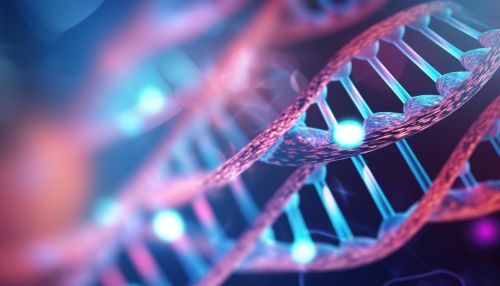Gene Flow
Introduction
Gene flow, also known as gene migration, is a key concept in the field of population genetics. It refers to the transfer of genetic variation from one population to another. If the rate of gene flow is high enough, then two populations are considered to have equivalent allele frequencies and therefore effectively become one population. It is an important factor in the evolution of species, as it can alter allele frequencies and introduce new genetic material into populations.
Mechanisms of Gene Flow
Gene flow can occur through various mechanisms, each with different implications for genetic diversity and evolution. These mechanisms include migration, seed and pollen dispersal, and horizontal gene transfer.
Migration
Migration is the most common mechanism of gene flow. It involves the movement of individuals from one population to another, carrying their genetic material with them. This can result in the introduction of new alleles into a population, increasing its genetic diversity.
Seed and Pollen Dispersal
In plants, gene flow can occur through the dispersal of seeds and pollen. Seed dispersal can occur through various means, such as wind, water, or animals. Similarly, pollen dispersal can occur through wind or animal pollinators. This form of gene flow can result in the spread of genetic material over large distances, contributing to the genetic diversity of plant populations.
Horizontal Gene Transfer
Horizontal gene transfer is a form of gene flow that involves the transfer of genetic material from one organism to another, without the need for reproduction. This can occur through various mechanisms, such as bacterial conjugation, transduction, and transformation. Horizontal gene transfer is particularly important in bacteria, where it can result in the rapid spread of antibiotic resistance genes.
Consequences of Gene Flow
The consequences of gene flow can be significant, affecting both the genetic diversity of populations and the process of evolution.
Genetic Diversity
Gene flow can increase the genetic diversity of a population by introducing new alleles. This can enhance the adaptive potential of the population, increasing its ability to survive and adapt to changing environmental conditions. However, if the rate of gene flow is too high, it can also lead to genetic homogenization, reducing the genetic diversity between populations.
Evolution
Gene flow plays a crucial role in the process of evolution. By introducing new genetic material into a population, it can lead to the emergence of new traits and species. However, gene flow can also hinder the process of speciation by maintaining genetic similarity between populations.
Factors Influencing Gene Flow
Several factors can influence the rate and direction of gene flow, including geographical barriers, reproductive barriers, and selection pressures.
Geographical Barriers
Geographical barriers, such as mountains, rivers, or oceans, can limit the movement of individuals and hence restrict gene flow. Populations separated by geographical barriers are likely to experience reduced gene flow, leading to genetic divergence and potentially speciation.
Reproductive Barriers
Reproductive barriers, such as differences in mating behavior or reproductive timing, can also limit gene flow. If individuals from different populations are unable or unwilling to mate with each other, gene flow between these populations will be reduced.
Selection Pressures
Selection pressures, such as predation, competition, or environmental conditions, can influence the direction of gene flow. If certain alleles provide a survival advantage in a particular environment, gene flow can lead to the spread of these alleles across populations.


